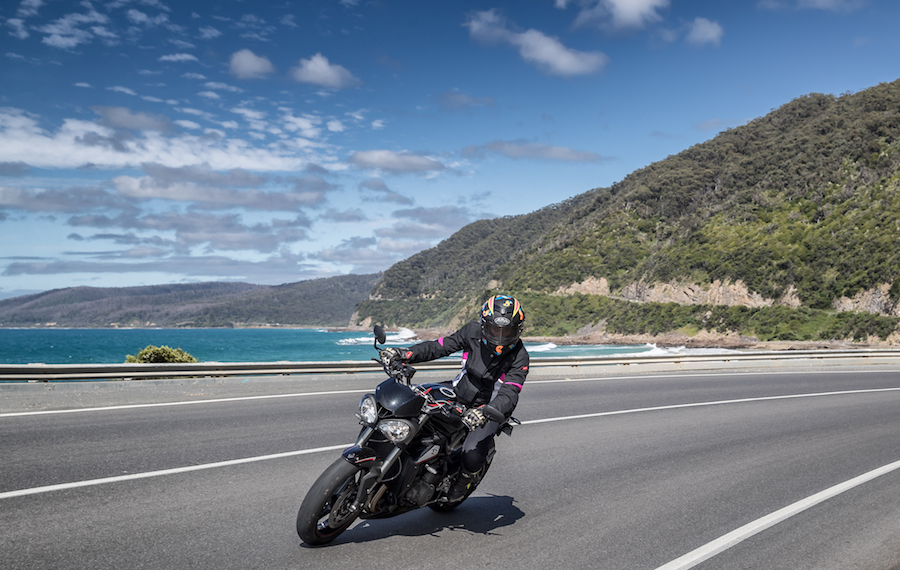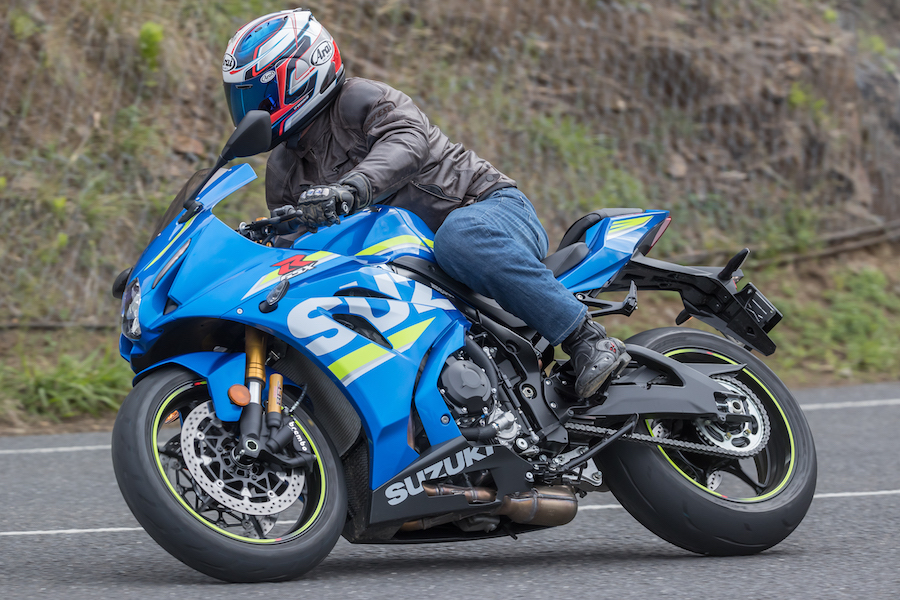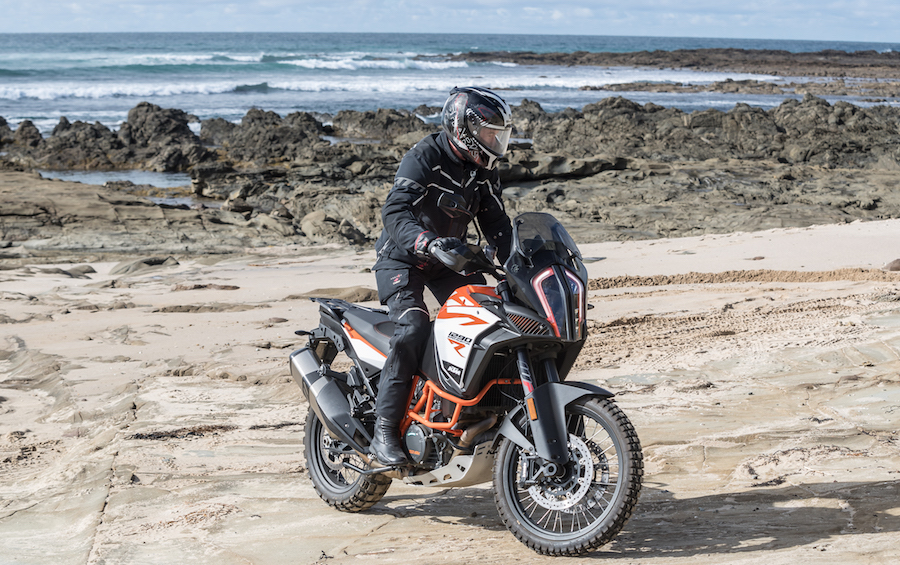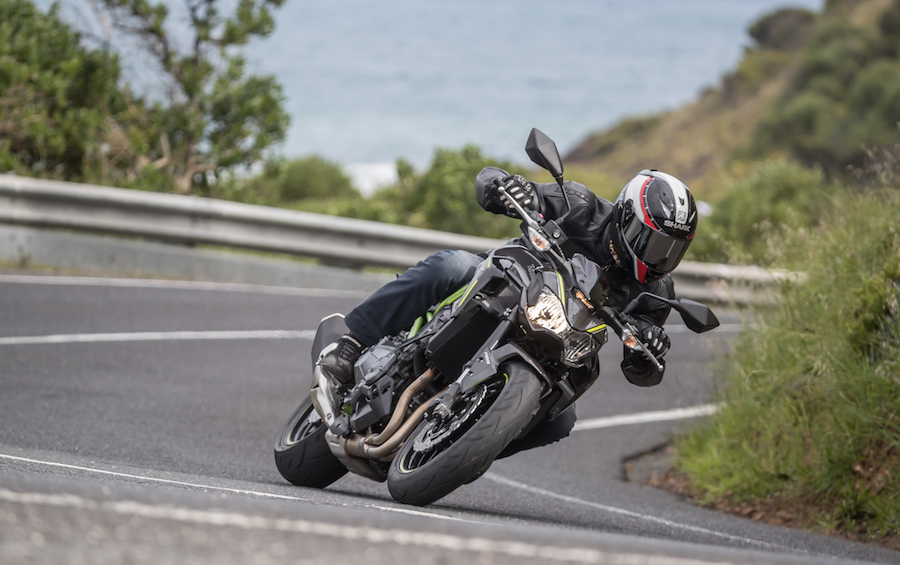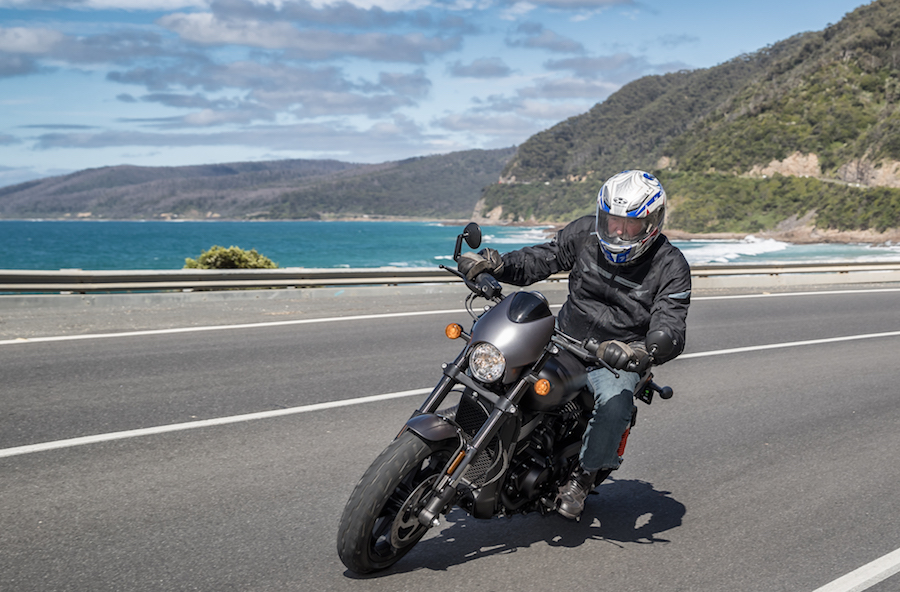Two, four, six, eight, who do we appreciate? All of these bikes were winners in 2017, but only one can speed away with the MoTY gong
Twenty-seventeen has been a great year for bikes. The quality and variety of motorcycles we’ve featured is evidence of an industry giving us the best we’ve ever had.
Now we must judge the best of them all.
The finalists for AMCN Motorcycle of the Year reflect the choices we’re lucky enough to have when buying a new bike in 2017. We didn’t set out to pick the finalists to do this; it happened this way because the standards are so high across the board.
Sportsbikes still show the way for outright performance, technology and doing what they’re meant to do. The Suzuki GSX-R1000R and Yamaha YZF-R6 are pinnacles of the genre. But today they are rivalled by adventure bikes, especially models like the KTM 1290 Super Adventure R. Ducati’s SuperSport mixes pure sports and real-world practicality, Triumph’s Street Triple RS shows what can be achieved when maximum effort is put into a smaller package without breaking the bank, while Kawasaki’s Z900 is proof that bargains exist. In the Harley-Davidson Street Rod, we see a new style of cruiser, and in the BMW G310R we have a new platform for entry-level riders.
In 2017, no matter what kind of bike you like to ride, life is good.
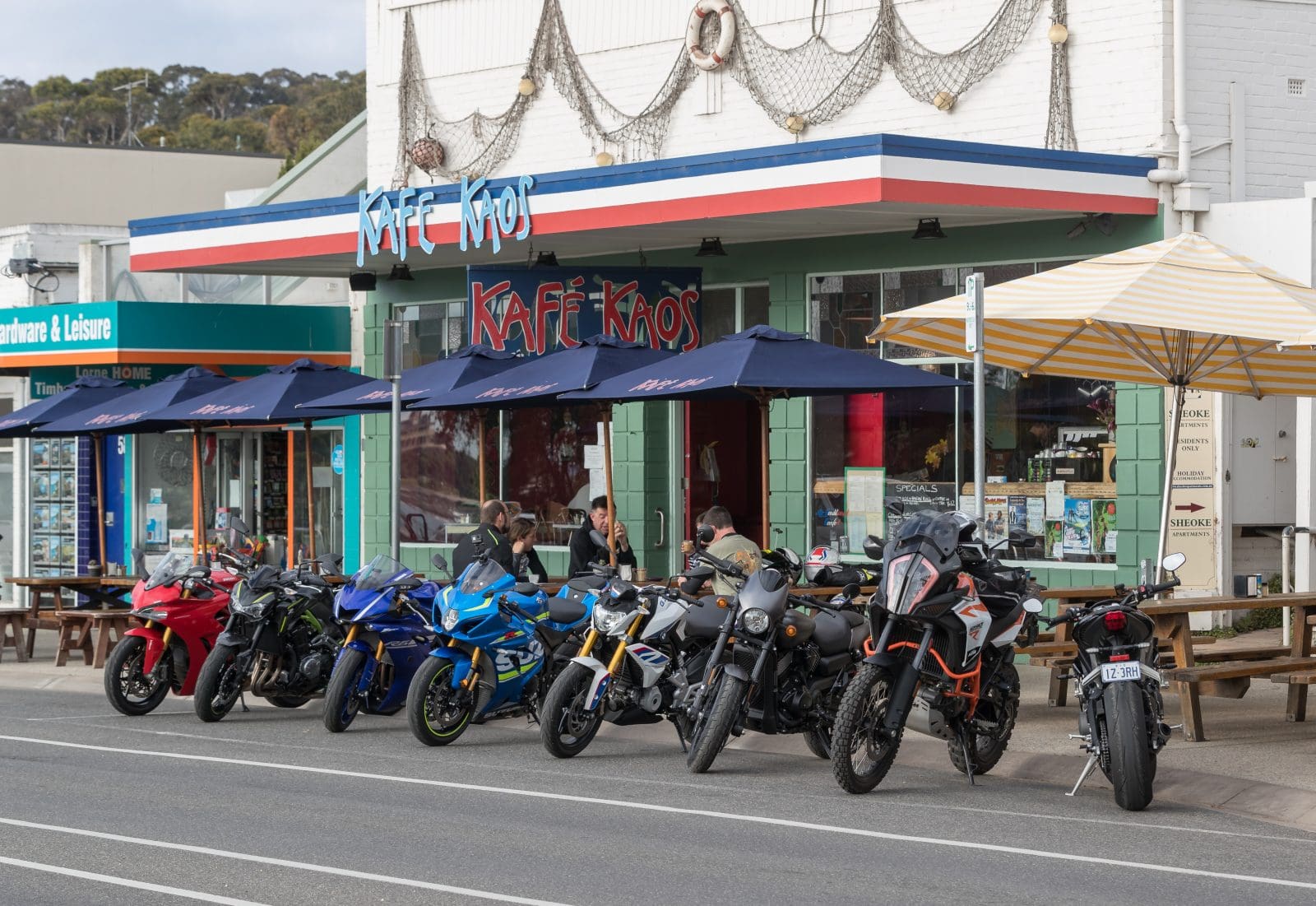
How we did this
One of the most important things about testing for Motorcycle of the Year is to remember that this is not a comparison. Each bike is judged on its own merits against a set of criteria that defines what MoTY means. To get into this competition, a bike must have been reviewed in AMCN during the past 12 months, and it must be either an entirely new model or a substantial update.
Most importantly, we go into this process trying to work out how well each bike meets its design brief. We also weigh up value for money, the technology underlining each machine’s performance and safety, and so on, all the way down to the little things like fuel economy and even whether each machine ‘did it’ for us. Of course, some of those more subjective things weren’t scored, just used for balance and context.
As we’ve done before, we chose roads we know well: the Great Ocean Road and the great tarmac that heads inland from the area, with our base at Lorne.
To assess the eight bikes, we had seven fully licensed riders. Our one holder of a restricted licence, Mark Vender, rode the BMW and then stood for long, dull periods by the side of the road while the rest of us swapped from bike to bike as we wrapped our heads around their qualities. Over two and a half days, we spent time getting a good look at what each bike had to offer, with moments between to argue the rights and wrongs of each tester’s judgments.
The variety of bikes was matched by the variety of riders, which was crucial for a relevant and credible result. Any one rider will inevitably let some bias come through in their scoring, no matter how objective they try to be, but the assessments of everyone, when averaged out, gave us a more balanced verdict. It meant, for example, that our long-legged riders couldn’t ignore the KTM’s height…
The discussions between rides helped us interpret our opinions in light of the MoTY criteria, serving up plenty of clarity that can’t be found when testing in isolation.
The MoTY scoring was illuminating. Yes, there were a few apparently anomalous scores where testers came to very different conclusions, but on the whole there was reassuring consistency. In particular, the bikes that stood out tended to garner the most consistent scores from all seven riders. It gave us a result we can stand by.
Read the full feature in the current issue and Yearbook (Vol 67 No 12) on sale now
- YAMAHA YZF-R6
- TRIUMPH STREET TRIPLE RS
- SUZUKI GSX-R1000R
- KTM super ADVENTURE R
- KAWASAKI Z900
- H-D STREET ROD
- Ducati Supersport S
- BMW G310R

